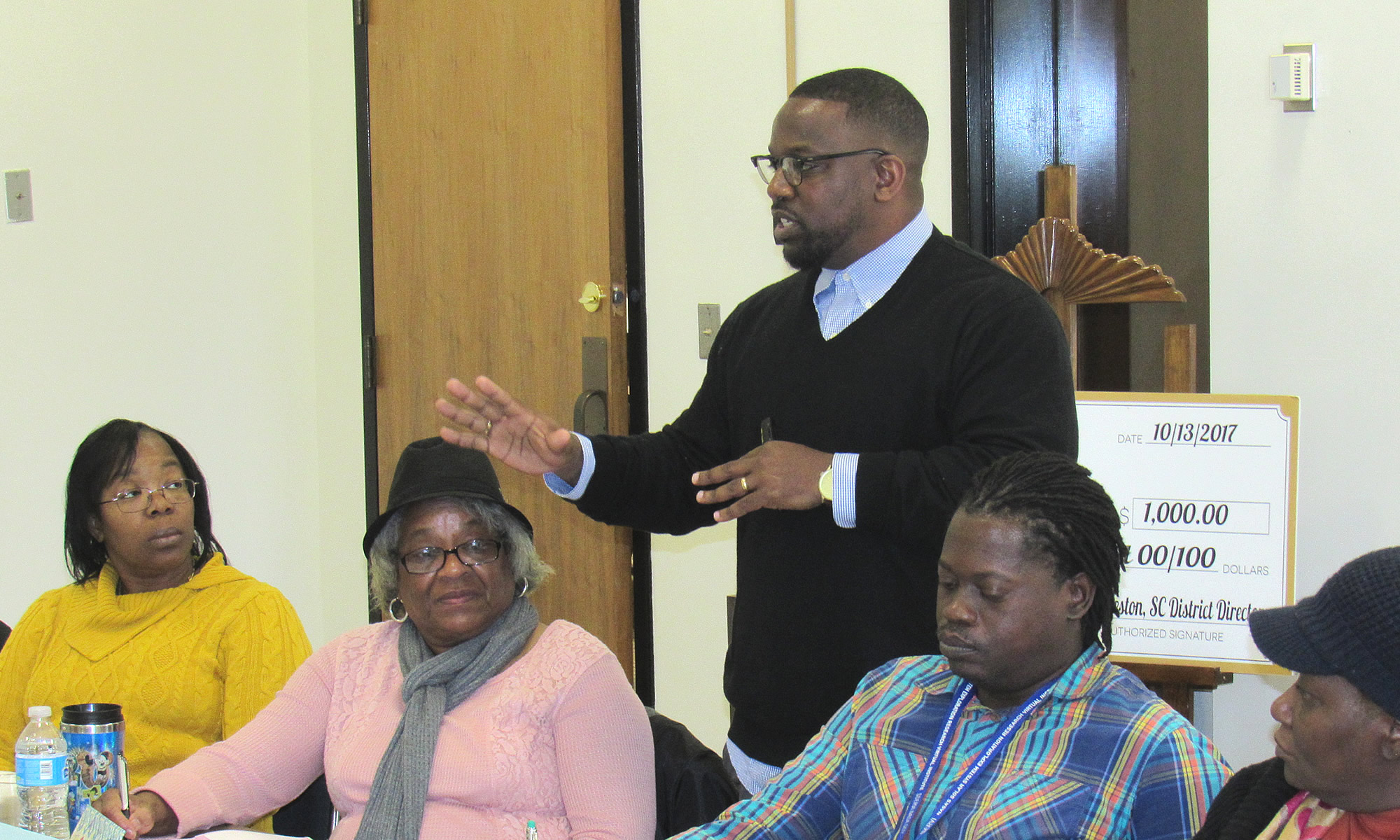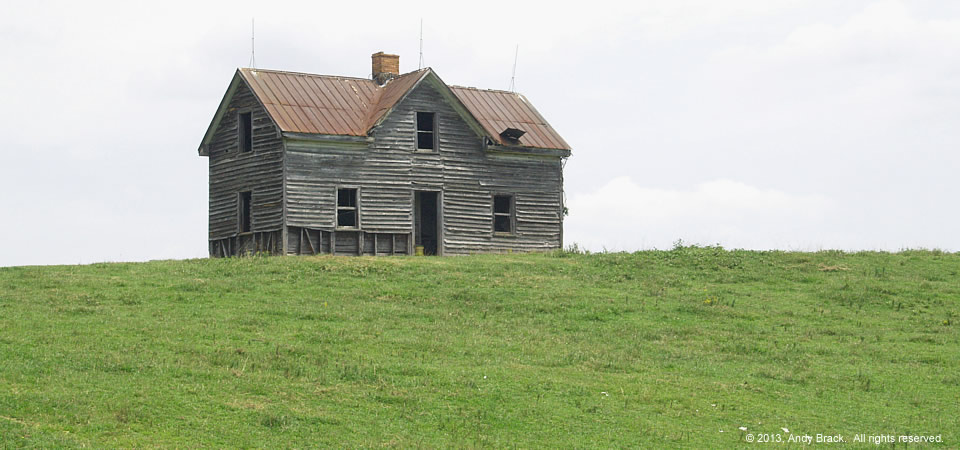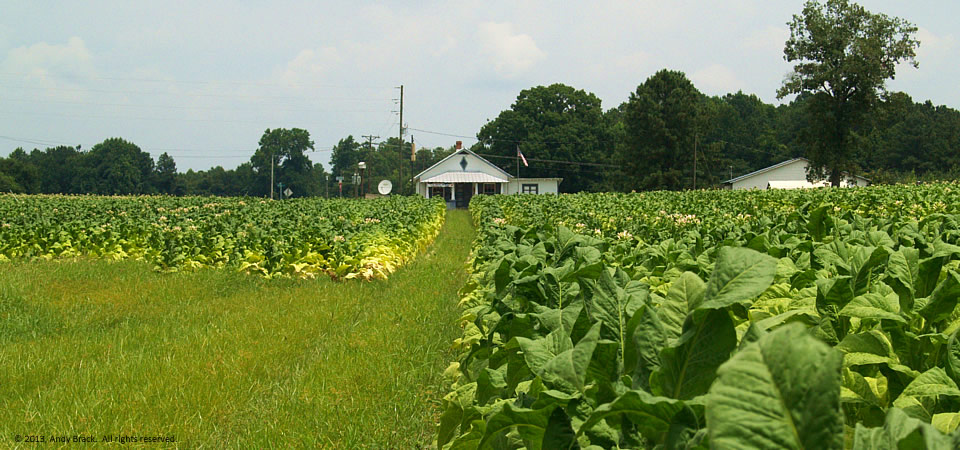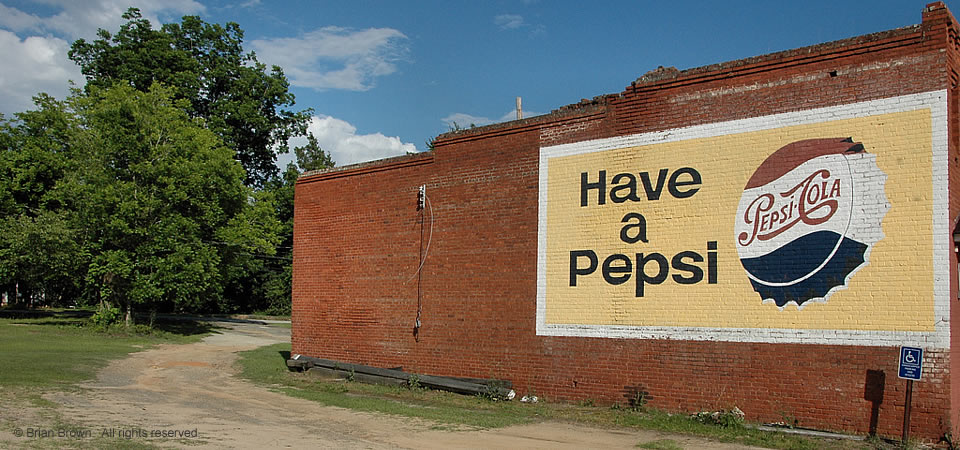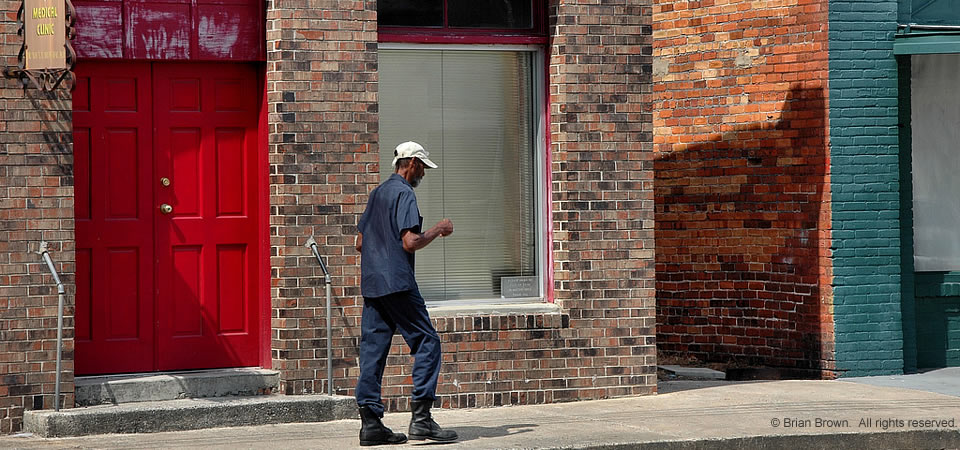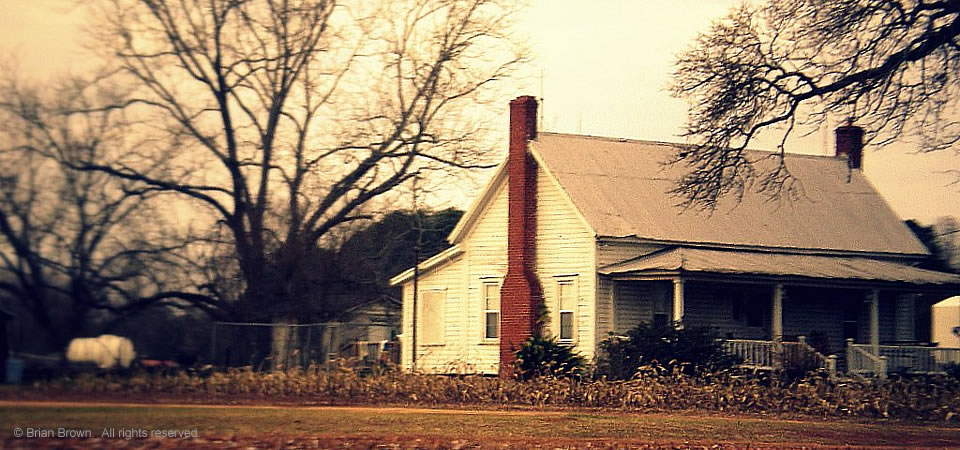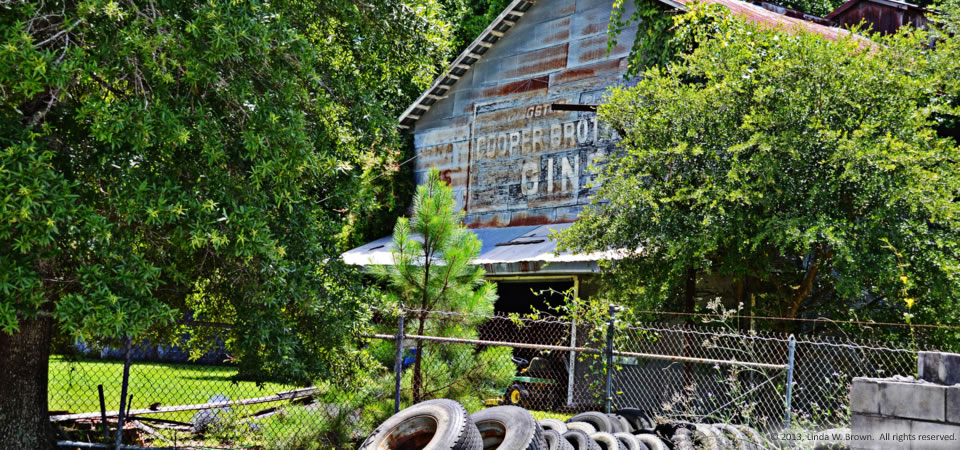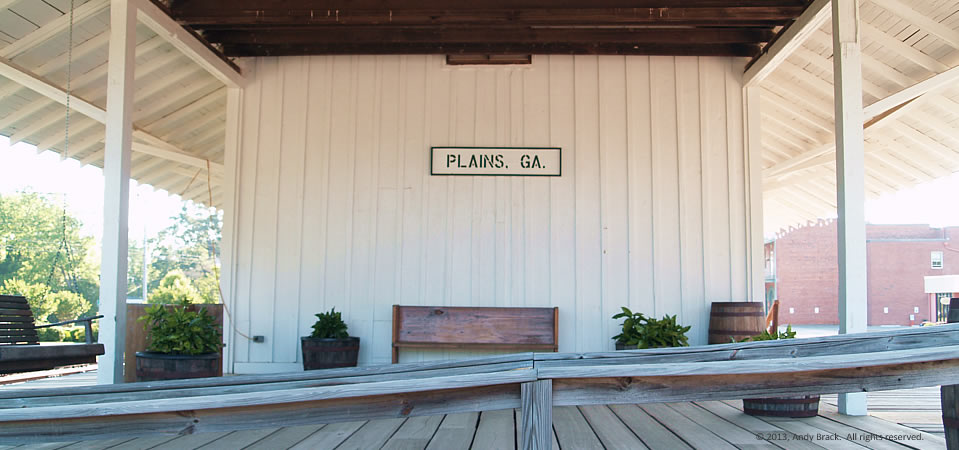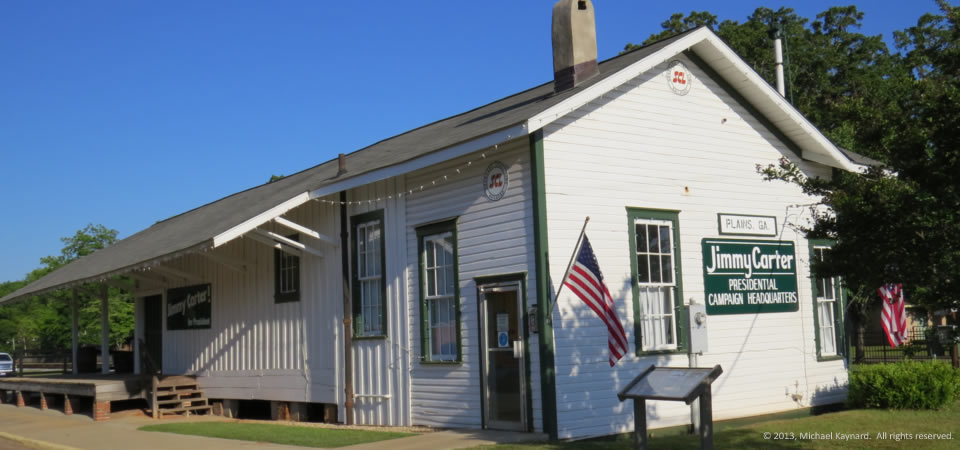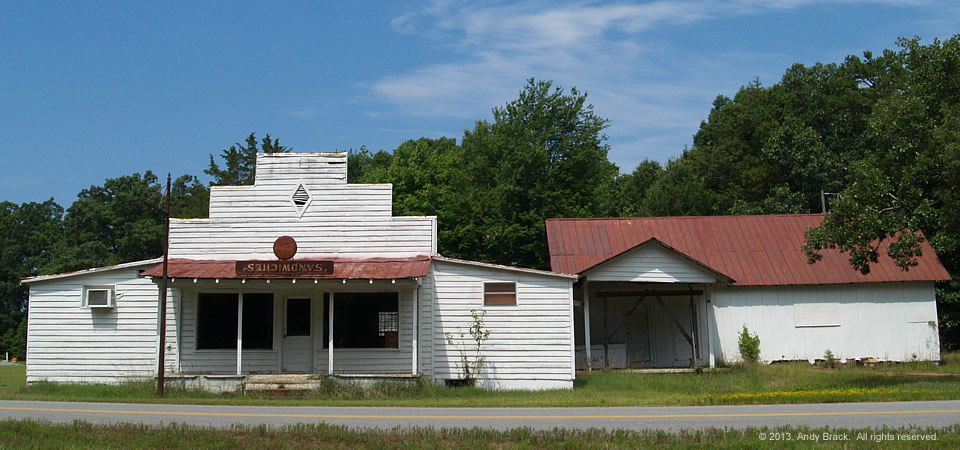
This empty, old store in Ebony, Va., is one of the favorite buildings we’ve spotted recently in our rambles around the Southern Crescent. Perhaps one reason is how the sign above the door has faded to reveal an upside-down word, “sandwiches.” Something else was painted over it years back, but this is what’s left now.
The way we hear it from folks in Ebony, the rural village in Brunswick County once was known as the Prospect area. But when it had grown enough to get a post office, the postal authorities said they couldn’t name it “Prospect” because there already was a post office with that name in Virginia. So one of the town elders figured that if they couldn’t name it “Prospect,” they might as well name it after a great old black horse he had in his pasture named (you guessed it) “Ebony.”
Brunswick County is a farming area on the North Carolina border with more than 17,000 residents. Like most Southern Crescent counties, poverty exceeds 20 percent.
Copyrighted photo taken July 24, 2013, by Andy Brack, Center for a Better South. All rights reserved.
